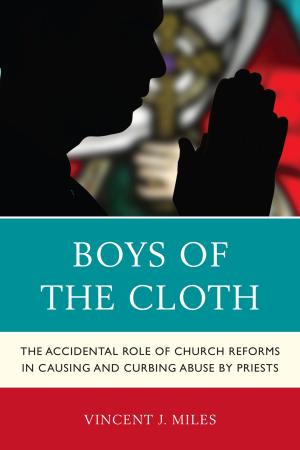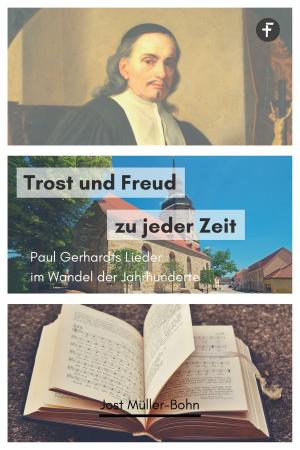The Gnostic Faustus
The Secret Teachings behind the Classic Text
Nonfiction, Religion & Spirituality, New Age, Mysticism, Philosophy, Religious| Author: | Ramona Fradon | ISBN: | 9781594777271 |
| Publisher: | Inner Traditions/Bear & Company | Publication: | November 12, 2007 |
| Imprint: | Inner Traditions | Language: | English |
| Author: | Ramona Fradon |
| ISBN: | 9781594777271 |
| Publisher: | Inner Traditions/Bear & Company |
| Publication: | November 12, 2007 |
| Imprint: | Inner Traditions |
| Language: | English |
The Faust legend seen as a transmission of core Gnostic teachings disguised as a morality tale
• Shows the 16th-century Faust text to be a coded, composite Gnostic creation myth
• Identifies the many Hermetic, alchemical, and Tantric symbols found in Faust that signify worship of the divine feminine through sacramental sexual practices
• Reveals a mystical process of spiritual salvation, as distilled from esoteric traditions
In The Gnostic Faustus, Ramona Fradon shows the legend of Doctor Faustus to be a composite Gnostic creation myth that reveals the process of spiritual salvation. Nearly every element of the original 16th-century text is a metaphor containing profound spiritual messages based on passages of Coptic and Syrian Gnostic manuscripts, including the Pistis Sophia and The Hymn of the Pearl. Fradon identifies many Hermetic, alchemical, and Tantric symbols in the Faust Book that accompany the story of Sophia, the goddess of wisdom, whose troubled journey to salvation is a model for human spiritual development. Extensive line-by-line text comparisons with these Gnostic manuscripts show that Faustus’s corruption by the Devil and his despair parallel Sophia’s transgression and fall, and that his tragic death is a simple reversal of her joyful rebirth, so written in order to make an otherwise heretical story palatable to Church authorities at that time.
Fradon demonstrates that the Faust legend is a vehicle for transmitting antiquity’s secret wisdom. It provides an account of spiritual initiation whose goal is ecstatic revelation and union with the divine. The elements of alchemy, sacramental sex, and worship of the divine feminine that are encoded in the Faust Book reveal the same hidden goddess-worshipping tradition whose practices are hinted at by the writings of Renaissance magi such as Cornelius Agrippa and Giordano Bruno.
The Faust legend seen as a transmission of core Gnostic teachings disguised as a morality tale
• Shows the 16th-century Faust text to be a coded, composite Gnostic creation myth
• Identifies the many Hermetic, alchemical, and Tantric symbols found in Faust that signify worship of the divine feminine through sacramental sexual practices
• Reveals a mystical process of spiritual salvation, as distilled from esoteric traditions
In The Gnostic Faustus, Ramona Fradon shows the legend of Doctor Faustus to be a composite Gnostic creation myth that reveals the process of spiritual salvation. Nearly every element of the original 16th-century text is a metaphor containing profound spiritual messages based on passages of Coptic and Syrian Gnostic manuscripts, including the Pistis Sophia and The Hymn of the Pearl. Fradon identifies many Hermetic, alchemical, and Tantric symbols in the Faust Book that accompany the story of Sophia, the goddess of wisdom, whose troubled journey to salvation is a model for human spiritual development. Extensive line-by-line text comparisons with these Gnostic manuscripts show that Faustus’s corruption by the Devil and his despair parallel Sophia’s transgression and fall, and that his tragic death is a simple reversal of her joyful rebirth, so written in order to make an otherwise heretical story palatable to Church authorities at that time.
Fradon demonstrates that the Faust legend is a vehicle for transmitting antiquity’s secret wisdom. It provides an account of spiritual initiation whose goal is ecstatic revelation and union with the divine. The elements of alchemy, sacramental sex, and worship of the divine feminine that are encoded in the Faust Book reveal the same hidden goddess-worshipping tradition whose practices are hinted at by the writings of Renaissance magi such as Cornelius Agrippa and Giordano Bruno.















